2025 Toyota Camry First Drive Review: Better Best-Seller

2025 Toyota Camry Quick Take
More of a heavy facelift than a fully new model, the 2025 Toyota Camry nonetheless improves the brand's best-seller by updating the cabin and improving refinement across the board. Now exclusively hybrid-powered, the mid-sized four-door has a dash of Prius style inside and out.
Even better? Depending on trim, it's actually more affordable than the outgoing model.
It’s a sign of the times that Toyota’s best-selling Camry is now following the lead.
No, there isn’t a Camry Cross—yet—but this 2025 Camry now features a look heavily influenced by the award-winning Prius. Not only that, it finally brings the Camry into the current decade in terms of cabin tech and ambience. Toyota invited us to California to to put this new hybrid-only model through its paces.
What’s new for 2025?
Yes, Toyota’s trusty mid-sizer has ditched the V6. RIP TRD Camry, the ultimate dad car. The regular four-cylinder is gone too, but I’d wager the vast majority of buyers won’t care. In fact, this newest setup sees a slight bump in power to a healthy 225 horsepower in front-drive form. AWD is available with the hybrid now too, which sees a slight increase to 232 hp. Like any of the other hybrids not given the i-Force Max designation, this is an on-demand system, and there is no physical connection to shuffle power between the front and rear axles; the rear gets its own dedicated electric motor. In either case, the transmission is the electronically controlled continuously variable transmission.
The redesign grafts the “Hammerhead” design language onto the existing shape with reasonable success. Look at just the outer halves of the headlights and you can make out the peepers from the old car. There’s more of a visual change out back, with wing-like taillights that have a whiff of GR86 about them—or even BMW, depending on angle. A tall rear deck features a clean lip; the subtlest of lip spoilers is available. On certain grades, the trim piece between the taillights is a contrasting black, which makes the Camry tail look unfinished to these eyes.
Speaking of, the Camry lineup is simplified at launch, with the traditional LE and XLE alongside the sportier SE and XSE trims. (Canada skips the LE for now.) The base LE rolls on 16-inch alloys; the SE and XLE graduate to 18s, while the XSE has a pretty, complex 19-inch design. It also features a body-color lower grille with a fade-in effect that can be a pretty dramatic statement depending on the exterior hue. On that note, the new Ocean Gem paint is fantastic and can be specced on any trim. Yay, color!
Powertrain: Mostly better, most of the time
The old V6 certainly had the power and aural edge, sure, but it was a niche offering in today’s world. The hybrid was already the better four-cylinder choice before, and for 2025 there are improvements on top of that. This is the fifth generation of Toyota’s hybrid system, and while the slight increase in power is welcome, it’s what isn’t on a spec sheet that matters here. The system is more refined, with an even smoother handover between propulsion systems and more willingness to run on electric power alone. The electric motor now makes 134 hp and 154 lb-ft on its own; improvements of 16 and 4, respectively. It could be my imagination, but the 2.5-liter seems less prone to drone now too, unless it’s a full-on foot-to-the-floor scenario.
There are multiple drive modes and even paddle shifters in the XSE for those who are so inclined, giving the eCVT a gaggle of artificial gear ratios to slur between. Personally, until a Hybrid Max powertrain shows up—GR Camry, anyone?—I’d rather lean into the Camry’s inherent comfort.
Fuel economy is still a hybrid strength, but as ever, it depends on the trim. The rental-spec 16s on the base LE aren’t enough to beat the outgoing model: 53 mpg city, 50 mpg highway, and 51 mpg combined are worse figures than the ’24 by 2, 3, and 1 mpg, respectively. The other front-drive models score 48/47/47 mpg, improving on both city and combined figures. Speccing AWD—unavailable on the previous hybrid, remember—knocks those figures down to 51/49/50 mpg on LE AWD, 44/43/44 mpg on XSE AWD, and 46 mpg across the board for SE and XLE AWD.
Handling and drivability: Daily driver extraordinaire
The previous generation of Camry was one of the first TNGA-K platform models, and this one uses a modified version of the platform. New dampers and a rejigged suspension give the ninth-gen Camry a more positive front-end without sacrificing straight-line stability. The advantage of sticking to the same platform is that curb weight has barely ticked upwards too, so the Camry remains an easy car to point through a route. The steering is that typical TNGA setup: light yet consistent weighting from lock to lock, and pleasantly accurate.
In picture-perfect SoCal climates, the AWD system barely ever activated. There’s no reason to believe it won’t function just like any other non-mechanical setup from Toyota, providing a nudge when the front wheels can’t find purchase, but otherwise fading into the background.
Four-corner disc brakes provide adequate stopping power. The pedal has a little initial squishiness but is nicely progressive afterwards.
Ride quality and comfort: More refined mid-sizer
Those suspension tweaks combined with better sound deadening give the ’25 Camry a cushier, quieter ride than its predecessor. The winding roads around San Diego are peppered with bumps and bad seams, but the Camry takes them in stride. I was only able to drive models on 18- and 19-inch wheels during the day, but found little difference in terms of road noise or holding. The XLE has a bit more squidge and compliance, while the XSE trades on a more locked-down feel by dint of its larger diameter front stabilizer bar. It’s more of a personal (and style) preference than anything.
Interior style and quality: Welcome to this decade
The cabin is where the outgoing Camry felt its oldest. I’m happy to report the new model brings Toyota’s best-seller firmly into the 2020s, with a cleaner, modern look and more standard kit. The Prius once again provides inspiration for the central dashboard area, with a choice of 8.0- or 12.3-inch touchscreen and a twin-row gaggle of physical buttons below. The SE grade has a pleasant knit texture stretching along the dashboard and over onto the doors. XSE buyers get a SofTex look in either black with contrasting blue stitching, or red. XLE is my personal favorite, with quilted Dinamica (read: a sort of suede/wool textile) surfaces. Sure, it’s going to result in more cleaning, but again, I believe in embracing the Camry’s comfort slant.
There’s also a whole bunch more (modern) tech. A fully digital instrument cluster is available, as is a useful head-up display. Heated seats are standard on the X trims, while ventilated fronts are available. There is now a 360-degree camera, too. On that front, Toyota Safety Sense 3.0 is standard across the board, bundling the likes of adaptive cruise control and automated emergency braking together. Additional assists including Traffic Jam Assist, rear cross-traffic braking, safe exit assist, and a—slightly annoying—front cross-traffic alert. Get ready for lots of beeping every time you’re exiting a parking lot.
Interior measure are unaltered from before, with headroom front and rear hovering around 38 inches (965 millimeters); more without the moonroof, and less with the glass. Legroom is the same story in the back seat. The Camry isn’t quite Accord spacious, but those wanting Prius looks with more adult-friendly quarters in the back now have that option.
Value, dollars, and sense: More Camry for your money
A discount? Yes, it’s true: at $29,495 (including destination), the 2025 Camry LE is a couple hundred less than the outgoing hybrid starting point, at least in America. That’s for a car with a better list of standard kit, too. For reference, that price is also only $450 more than a Prius LE.
The Camry SE is next up at $31,795, followed by XLE ($34,495) and XSE ($35,695). Adding AWD to any trim swells the price by $1,525. The X trims also offer a Premium Plus package ($4,075) that adds in a bunch of additional driver assists, a 360-degree camera, nine-speaker JBL audio system, the HUD, pano roof, and ventilated front seats.
Canada’s lineup is a little different, kicking off with the SE at $36,160 CAD. This is similar to America’s LE, as it rolls on 16s. The SE Upgrade ($38,160 CAD) brings back the larger rolling stock, plus a moonroof, smart key, auto-dimming mirror and garage door opener. Adding AWD is an $1,650 CAD surcharge. The XSE ($46,110 CAD) and XLE ($46,810 CAD) are both AWD-only.
2025 Toyota Camry First Drive Review: Final thoughts
Sure, the 2025 Toyota Camry is more of a significant facelift than a whole new model—but if it ain’t broke, right? It was an inoffensive, spacious sedan before: now, it offers more comfort, an enjoyable tech suite, and a strong list of standard convenience and safety features. True to Toyota form, it has the best hybrid in the class, and is the only one to pair that with AWD. The new Camry builds on the model’s strengths, and there’s no reason to doubt its continued market dominance.
Become an AutoGuide insider. Get the latest from the automotive world first by subscribing to our newsletter here.
Specifications | |
|---|---|
Engine: | 2.5L I4 w/ hybrid |
Outputs: | 225 hp (FWD), 232 hp (AWD) |
Transmission: | 1AT, FWD/AWD |
US Fuel Economy (mpg): | 53/50/51 (LE FWD) to 44/43/44 (XSE AWD) |
CAN Fuel Economy (L/100 km): | 4.5/4.7/4.6 (SE AWD) to 5.4/5.5/5.4 (XSE AWD) |
Starting Price (USD): | $29,495 (inc. dest.) |
As-Tested Price (USD): | See text |
Starting Price (CAD): | $36,160 (inc. dest.) |
As-Tested Price (CAD): | See text |
2025 Toyota Camry FAQs
- Q: How much horsepower does the 2025 Toyota Camry have?
- A: The car comes standard with 225 horsepower for front-drive models, and 232 hp with AWD.
- Q: Will there be a new Camry for 2025?
- A: Toyota touts this as a new generation of Camry, though it is built on the same platform as the last model.
- Q: How much does a 2025 Toyota Camry cost?
- A: In the United States the 2025 Toyota Camry starts at $29,495 including destination.

Kyle began his automotive obsession before he even started school, courtesy of a remote control Porsche and various LEGO sets. He later studied advertising and graphic design at Humber College, which led him to writing about cars (both real and digital). He is now a proud member of the Automobile Journalists Association of Canada (AJAC), where he was the Journalist of the Year runner-up for 2021.
More by Kyle Patrick



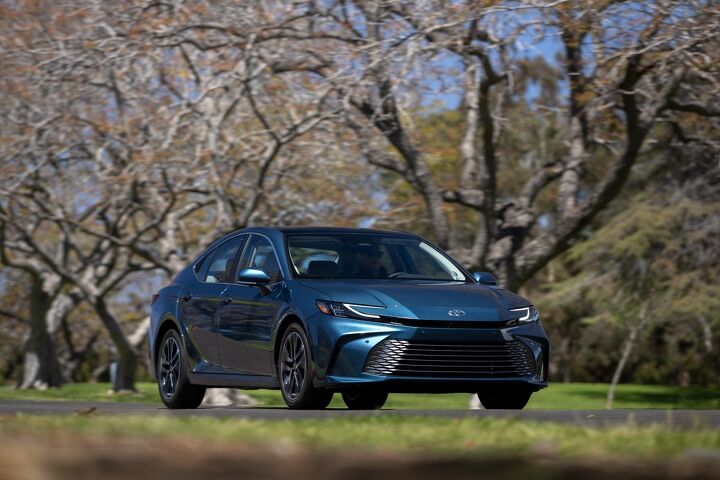





















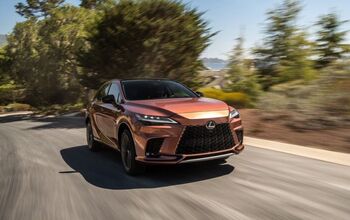

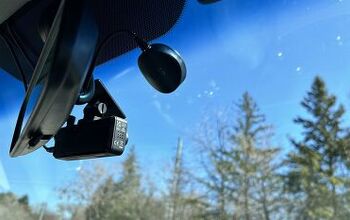






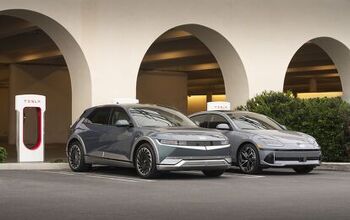


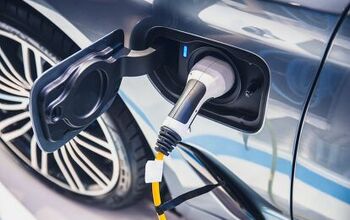

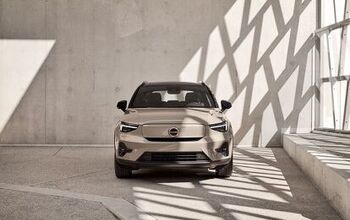
Comments
Join the conversation